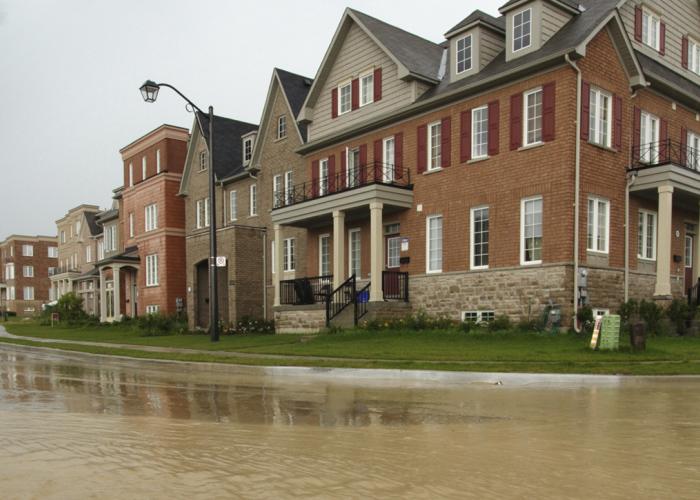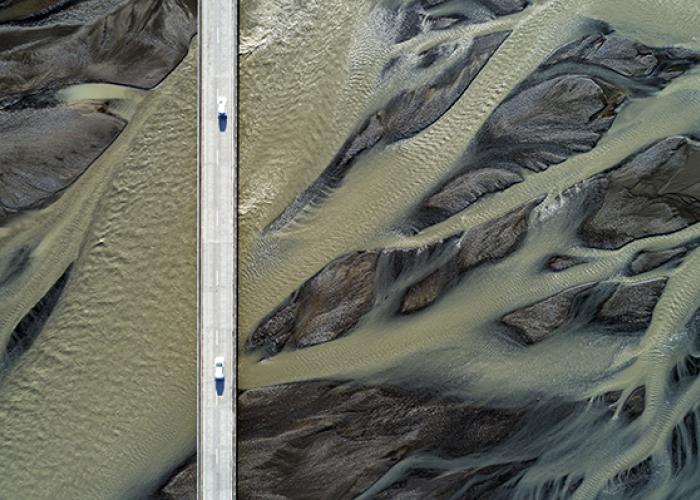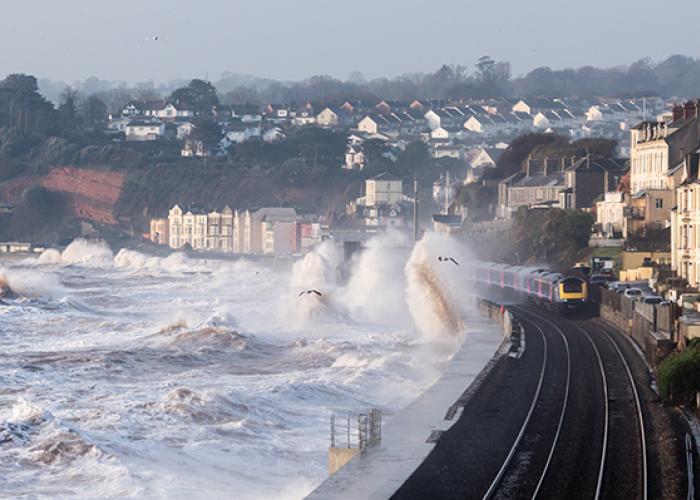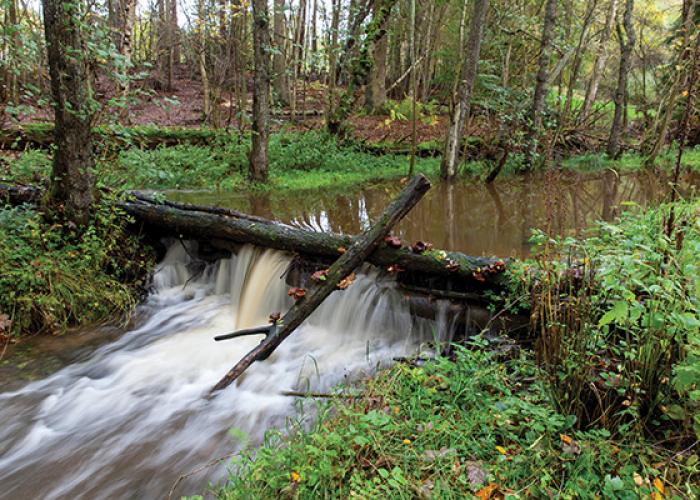Flood management
Flooding is a widespread natural hazard. Millions of people around the globe are at risk of flooding from pluvial, fluvial, coastal, dam break, groundwater, and urban surface water and wastewater sources. We help to protect vulnerable people, communities and infrastructure from flooding.






